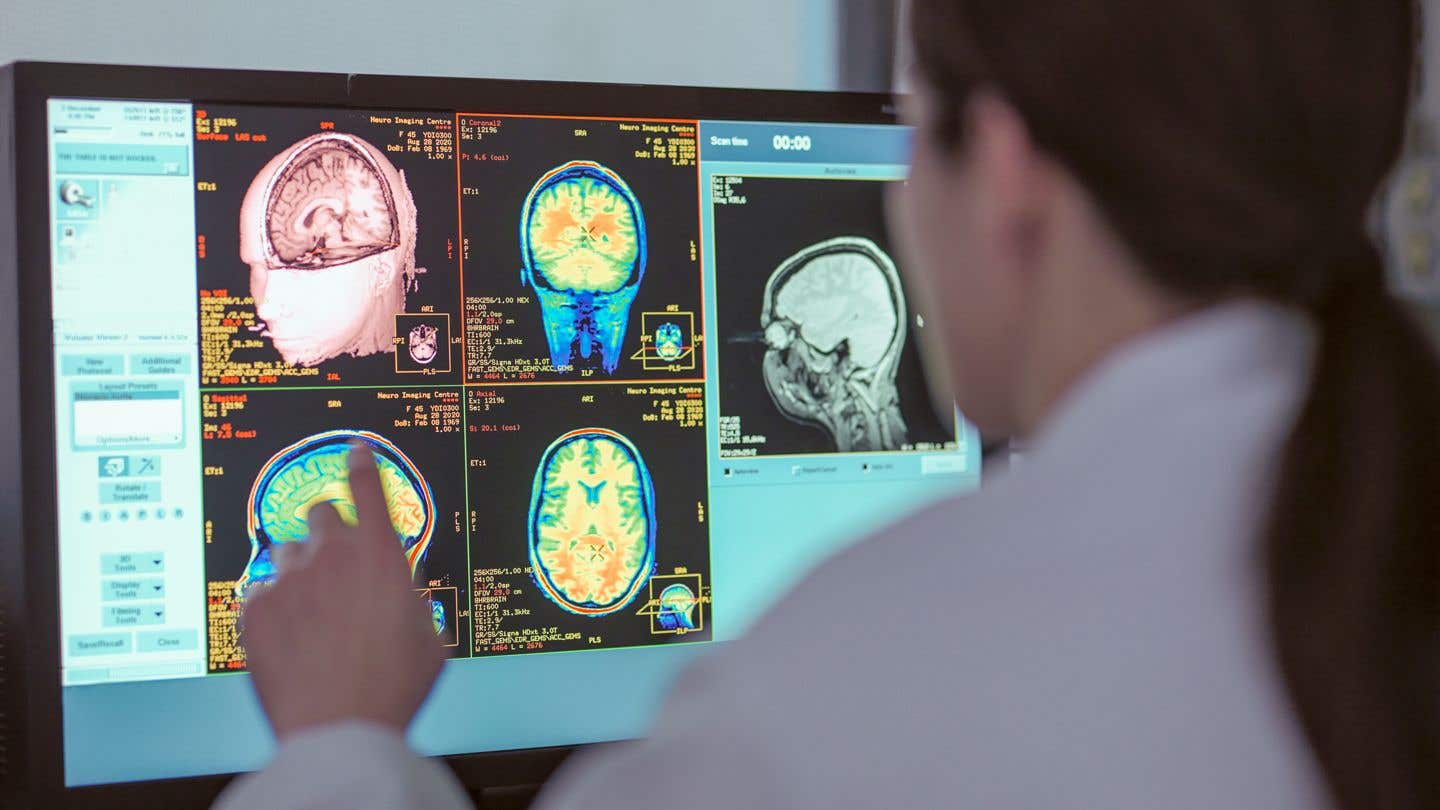Surprising connection between fatty acids and how the brain creates memories
Researchers have uncovered a significant breakthrough in understanding how the brain consolidates memories.

Researchers have uncovered a significant breakthrough in understanding how the brain consolidates memories. (CREDIT: Adobe Stock Images)
Researchers at the University of Queensland have uncovered a significant breakthrough in understanding how the brain consolidates memories, shedding light on potential treatments for neurodegenerative disorders.
Led by Dr. Isaac Akefe from UQ’s Queensland Brain Institute, the study delves into the molecular mechanisms behind memory creation, identifying the pivotal role of saturated fatty acids and unveiling the genes involved in this process.
"We’ve shown previously that levels of saturated fatty acids increase in the brain during neuronal communication, but we didn’t know what was causing these changes," Dr. Akefe explained. "Now for the first time, we’ve identified alterations in the brain’s fatty acid landscape when the neurons encode a memory."
The brain, being the body's fattiest organ, relies heavily on lipids, which constitute 60% of its weight.
Related Stories
Fatty acids, the fundamental components of lipids, play a crucial role in various brain functions, including memory formation.
The research conducted in Professor Frederic Meunier’s laboratory elucidates how a protein called STXBP1 orchestrates the release of fatty acids through an enzyme known as Phospholipase A1 (PLA1) at synapses, the junctions between neurons where communication occurs.
"Human mutations in the PLA1 and the STXBP1 genes reduce free fatty acid levels and promote neurological disorders," Professor Meunier noted.
Dr Isaac Akefe and Professor Frederic Meunier in a QBI laboratory. (CREDIT: University of Queensland)
To investigate the significance of free fatty acids in memory formation, the researchers employed mouse models with the PLA1 gene removed, monitoring their neurological and cognitive functions over time.
"We saw that even before their memories became impaired, their saturated free fatty acid levels were significantly lower than control mice," Professor Meunier remarked. "This indicates that this PLA1 enzyme, and the fatty acids it releases, play a key role in memory acquisition."
The findings from this study not only advance our understanding of memory formation but also offer promising prospects for therapeutic interventions in neurodegenerative diseases like Alzheimer's. "Our findings indicate that manipulating this memory acquisition pathway has exciting potential as a treatment for neurodegenerative diseases," Professor Meunier stated.
The research team acknowledges the valuable contributions of PhD candidates Saber Abd Elkader from the Australian Institute for Bioengineering and Nanotechnology, and Benjamin Matthews from the Queensland Brain Institute.
Behavioural responses to instrumental conditioning in DDHD2+/+ vs DDHD2−/− mice. Instrumental conditioning was performed on cohorts of DDHD2+/+ (WT) or DDHD2−/− (KO) mice vs controls, respectively. (CREDIT: The EMBO Journal)
This collaborative effort involved researchers from the University of New South Wales, University of Strasbourg, University of Bordeaux, The Scripp Research Institute, and the Baylor College of Medicine.
The research paper detailing these findings has been published in the prestigious EMBO Journal, marking a significant milestone in neuroscience research. With this groundbreaking discovery, scientists are now equipped with new insights into the intricate workings of memory formation, paving the way for innovative approaches to combat neurodegenerative disorders.
Note: Materials provided above by The Brighter Side of News. Content may be edited for style and length.
Like these kind of feel good stories? Get the Brighter Side of News' newsletter.
JJ Shavit
Joshua Shavit
Science & Technology Writer | AI and Robotics Reporter
Joshua Shavit is a Los Angeles-based science and technology writer with a passion for exploring the breakthroughs shaping the future. As a contributor to The Brighter Side of News, he focuses on positive and transformative advancements in AI, technology, physics, engineering, robotics and space science. Joshua is currently working towards a Bachelor of Science in Business Administration at the University of California, Berkeley. He combines his academic background with a talent for storytelling, making complex scientific discoveries engaging and accessible. His work highlights the innovators behind the ideas, bringing readers closer to the people driving progress.



